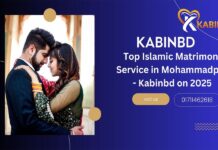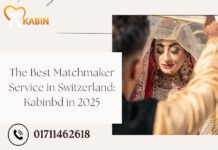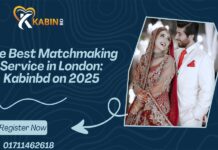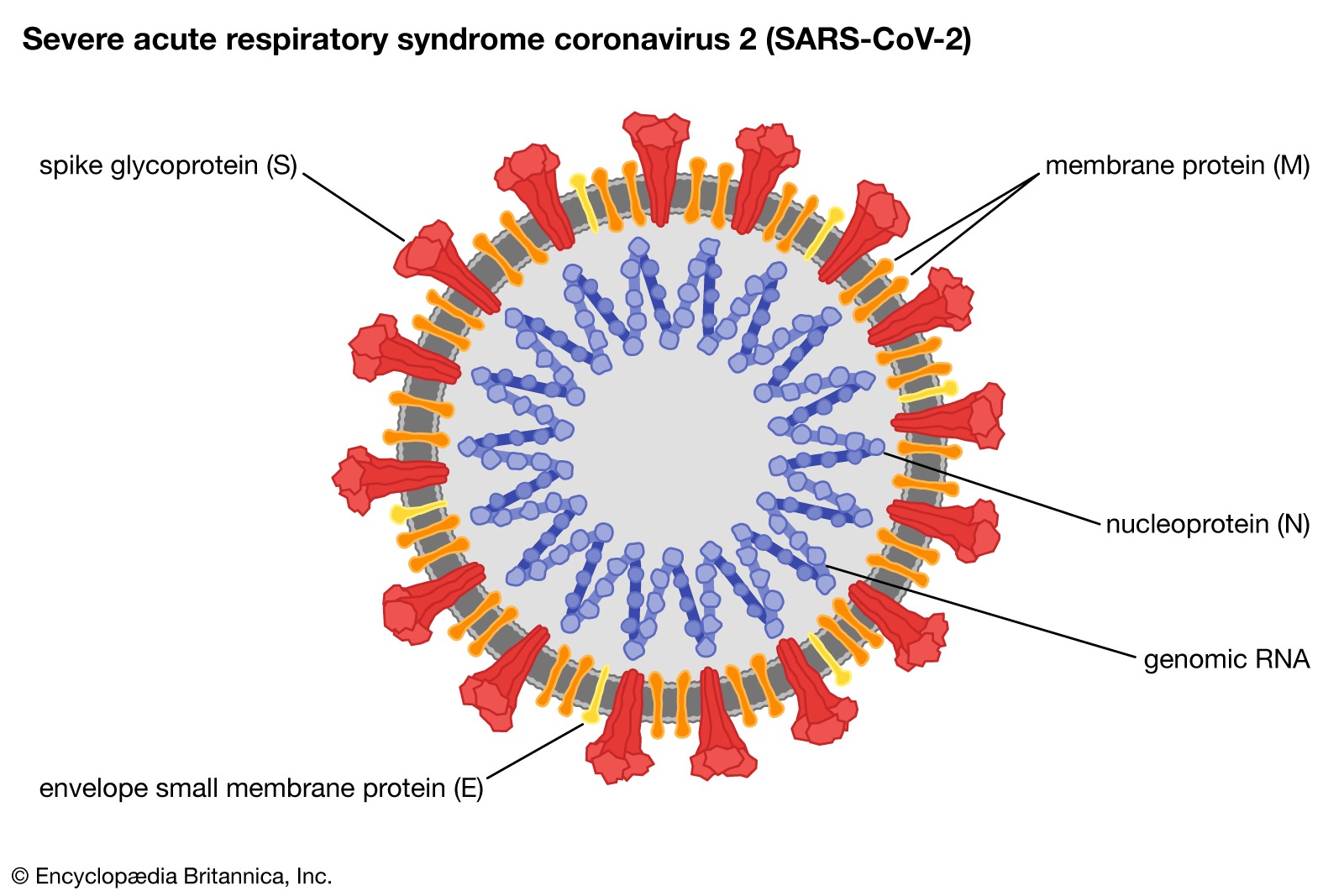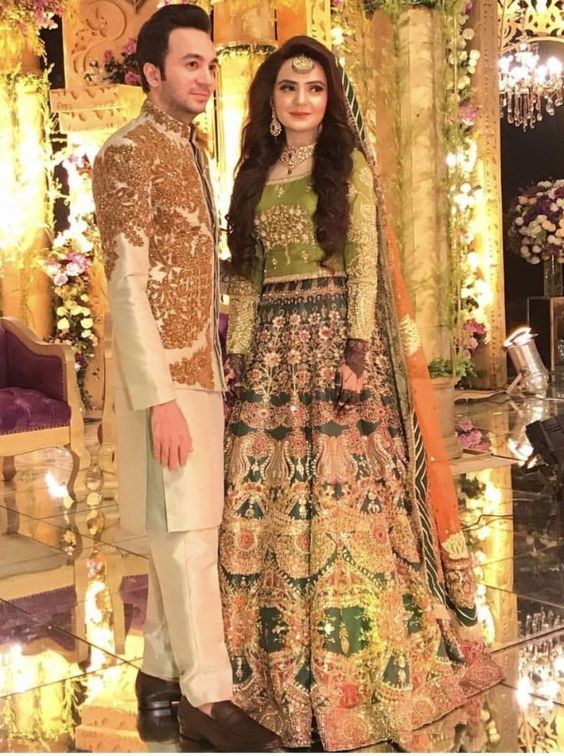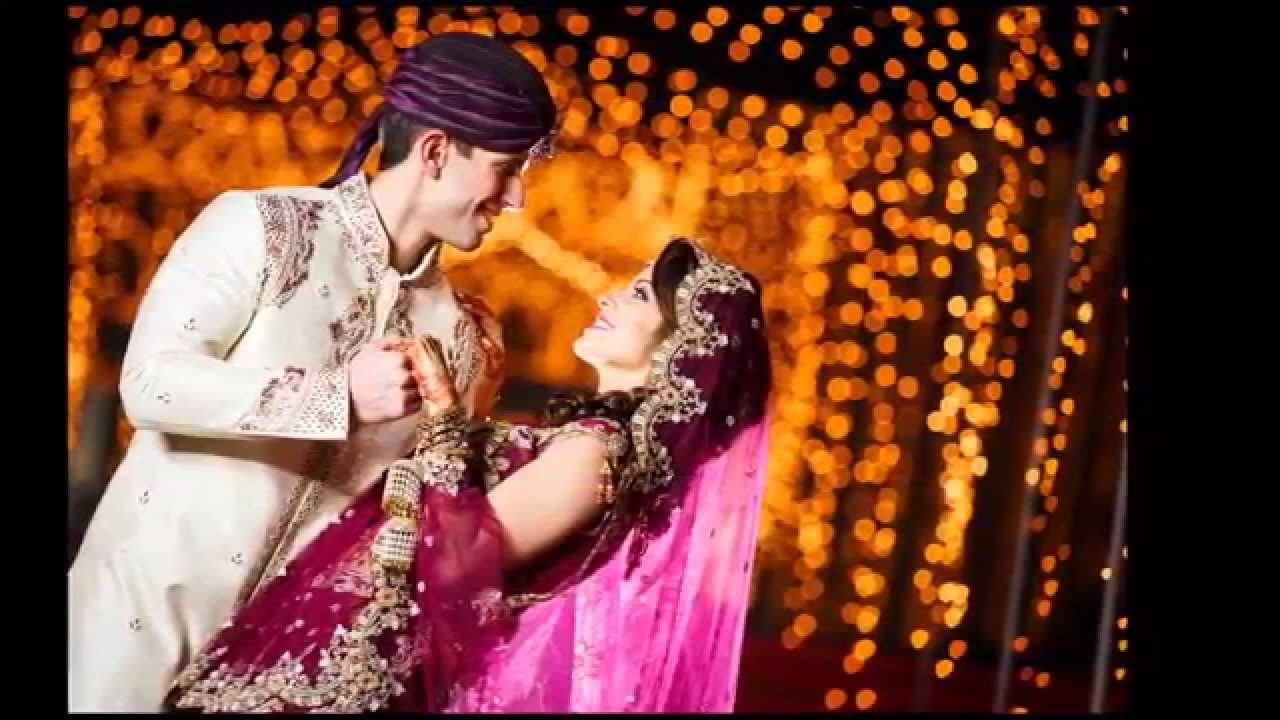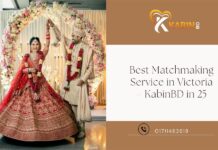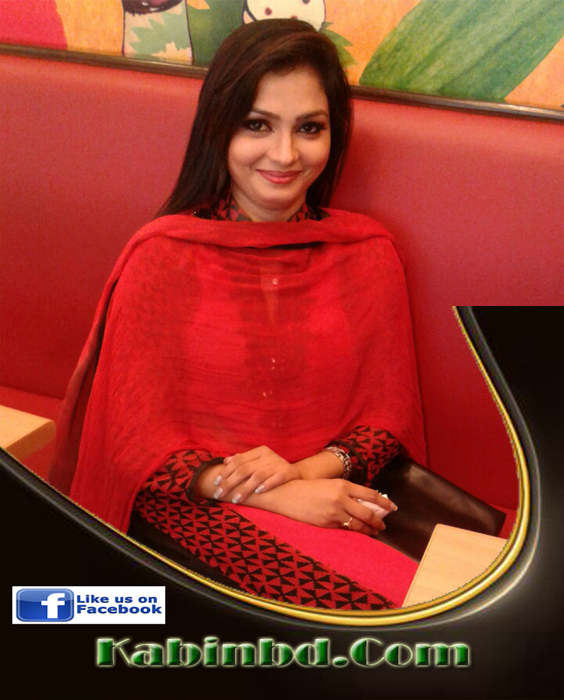
Unveiling the Tapestry of Matchmaking: A Journey Through Traditions and Practices
Matchmaking, the practice of facilitating introductions and connections between individuals seeking romantic partners, has been woven into the social fabric of various cultures across the globe for centuries. This comprehensive guide delves into the multifaceted world of matchmaking, exploring its diverse methods, historical context, and evolving landscape in the modern world.
Historical Roots:
Throughout history, matchmaking has served as a crucial social institution, playing a significant role in establishing families and promoting societal stability. Early forms of matchmaking often involved families, community leaders, or designated individuals known as “matchmakers” who possessed knowledge of potential partners based on their social standing, family backgrounds, and desired qualities.
Historical Roots of Matchmaking: A Journey Through Time and Cultures
Matchmaking, the practice of facilitating connections between individuals seeking romantic partners, boasts a rich and fascinating history, woven into the fabric of numerous civilizations and cultures across the globe. This intricate tapestry reveals diverse methods, evolving roles, and enduring social significance throughout the ages.
Early Forms and Social Function:
-
Ensuring Societal Stability: In early societies, matchmaking often served as a crucial social institution, playing a vital role in establishing families and promoting societal stability. By carefully considering factors like social status, family backgrounds, and desired qualities, matchmakers aimed to create unions that would strengthen communities and ensure lineage continuity.
-
Family Networks and Community Leaders: Family networks often played a central role in matchmaking, with elders and relatives acting as informal matchmakers within their social circles. Additionally, community leaders like priests, village heads, or designated individuals known as “matchmakers” possessed extensive knowledge of families and individuals within their communities, facilitating suitable introductions.
Cultural Variations and Traditions:
While the fundamental purpose of matchmaking remained consistent across diverse cultures, the specific practices and rituals associated with it varied significantly:
-
Dowry and Bride Price: In certain societies, the exchange of dowries (gifts from the bride’s family) or bride prices (payment from the groom’s family) served as a part of the matchmaking process, signifying formal agreements and solidifying the unions.
-
Rituals and Symbolic Practices: Many cultures incorporated specific rituals and symbolic practices into their matchmaking processes. These could involve exchanging gifts, seeking blessings from religious figures, or consulting oracles or astrologers to determine compatibility between potential partners.
-
Arranged Marriages: In some cultures, particularly in South Asia and parts of Africa, arranged marriages remained prevalent for centuries. Families often played a dominant role in selecting partners, prioritizing factors like social standing, economic stability, and family compatibility.
Evolving Landscape and Shifting Dynamics:
The historical landscape of matchmaking reveals gradual and significant transformations:
-
Shifting Power Dynamics: Over time, the power dynamics associated with matchmaking have shifted. While families and communities still hold significant influence in certain cultures, the modern world has witnessed a growing emphasis on individual choice and agency. Individuals increasingly play a more active role in selecting partners, even within arranged marriages.
-
Changing Social Values: The rise of individualism, urbanization, and changing gender roles have impacted social values and the overall perception of matchmaking. While it remains a significant practice in many societies, the stigma associated with arranged marriages has diminished in some regions, replaced by a more nuanced understanding and acceptance of diverse relationship models.
Legacy and Enduring Significance:
The historical journey of matchmaking highlights its enduring social significance:
-
Facilitating Lasting Connections: Throughout history, matchmaking has played a crucial role in forming countless families and facilitating lasting connections, shaping the course of countless lives.
-
Cultural Continuity and Adaptation: The practice has adapted and evolved alongside changing societal structures, reflecting cultural values and beliefs across various eras and regions.
Understanding the historical roots of matchmaking offers valuable insights into the social, cultural, and personal significance of finding a life partner. As we move forward, acknowledging the legacy of this practice while embracing its contemporary forms enables a wider understanding of the diverse ways individuals navigate the complexities of love and relationships in the modern world.
Traditional Methods:
Traditional matchmaking methods vary across different cultures and time periods. Here are some notable examples:
- Family Networks: Families played a fundamental role in identifying suitable partners, often relying on existing social networks and connections within their communities.
- Community Leaders: In some societies, religious figures, elders, or village heads acted as matchmakers, utilizing their understanding of individuals and families to arrange potential matches.
- Dowry and Bride Price: In certain cultures, the exchange of dowries or bride prices served as a part of the matchmaking process, signifying formal agreements between families.
- Astrological Matching: In some societies, astrological calculations and horoscopes were used to determine compatibility between potential partners.
Evolution and Modernization:
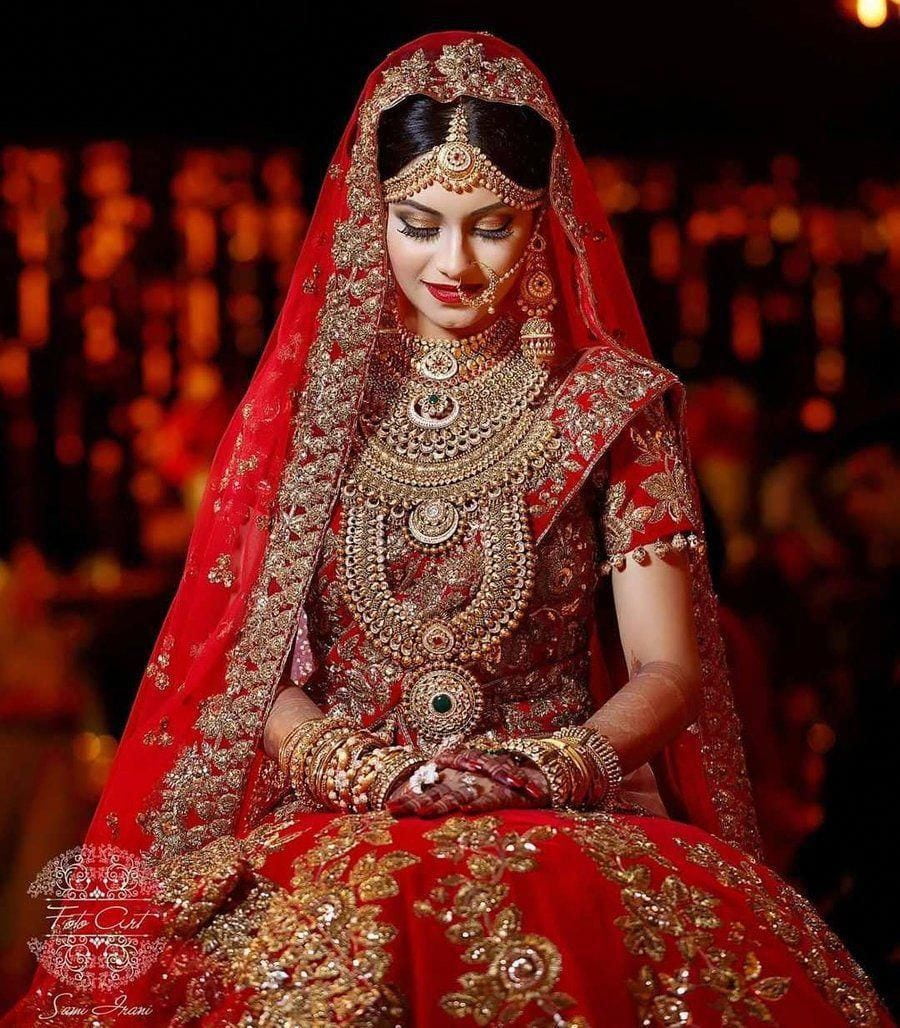
With the changing social landscape, the practice of matchmaking has undergone a significant transformation. Here are some key trends shaping its evolution:
- Rise of Individual Choice: Modern matchmaking practices emphasize individual choice and agency in selecting partners. While families and social circles might still offer guidance and support, the ultimate decision often rests with the individuals involved.
- Professional Matchmaking Services: Professional matchmaking agencies have emerged, offering personalized services that go beyond basic introductions. These services often involve psychological assessments, compatibility analysis, and tailored recommendations based on individual needs and preferences.
- Online Platforms: The digital age has revolutionized matchmaking with the rise of online platforms. These platforms allow individuals to create profiles, specify preferences, and connect with potential partners based on diverse criteria beyond geographical limitations.
Benefits and Challenges:
Like any social practice, matchmaking presents both advantages and challenges in the modern world:
Benefits:
- Expanded Reach: Online platforms and professional services offer a wider pool of potential partners than traditional methods, increasing the chances of finding compatible matches beyond immediate social circles.
- Increased Efficiency: These platforms and services streamline the matchmaking process, allowing individuals to efficiently search and connect with potential partners who align with their preferences.
- Personalized Approach: Professional matchmaking services offer a more personalized and tailored approach, catering to individual needs and expectations.
Challenges:
- Cost Factor: Professional services and certain online platforms might involve subscription fees, creating a financial barrier for some individuals.
- Accuracy and Verification: Ensuring the accuracy and authenticity of information provided online can be challenging, raising concerns about misrepresentation and fraudulent profiles.
- Overreliance on Technology: While online platforms offer convenience, overreliance on technology can diminish the importance of genuine communication and in-person interactions.
- Social Pressures: The pressure to find a suitable partner through these platforms can be overwhelming, especially with societal expectations and family involvement.
The Future of Matchmaking:
As society continues to evolve, matchmaking is likely to undergo further transformations. Emerging trends like AI-powered compatibility matching and the increasing use of mobile applications might shape the future of this practice. However, regardless of the methods employed, the core principles of responsible matchmaking, emphasizing compatibility, mutual respect, and genuine connection, are likely to remain crucial.
Conclusion:
Matchmaking has served as a time-honored tradition across cultures, facilitating partnerships and shaping the course of countless lives. From its historical roots to its modern iterations, matchmaking has consistently adapted to changing social dynamics and technological advancements. While online platforms and professional services have revolutionized the landscape, it’s crucial to remember that successful long-term relationships are built on shared values, open communication, and genuine effort invested beyond the initial introduction facilitated by matchmaking methods.
Matchmaking is the process of matching two or more people together, usually for the purpose of marriage, but the word is also used in the context of sporting events such as boxing, in business, in online video games and in pairing organ donors.
আপনি যদি বিয়ের ব্যাপারে সিরিয়াস হয়ে থাকেন তবে
লিংকে ক্লিক করে ফ্রী রেজিষ্ট্রেশন করুন
অথবা বিস্তারিত জানতেঃ
Gmail:kabinbd4@gmail.com
01711462618 এ কল করুন ২৪/৭ সার্ভিস
